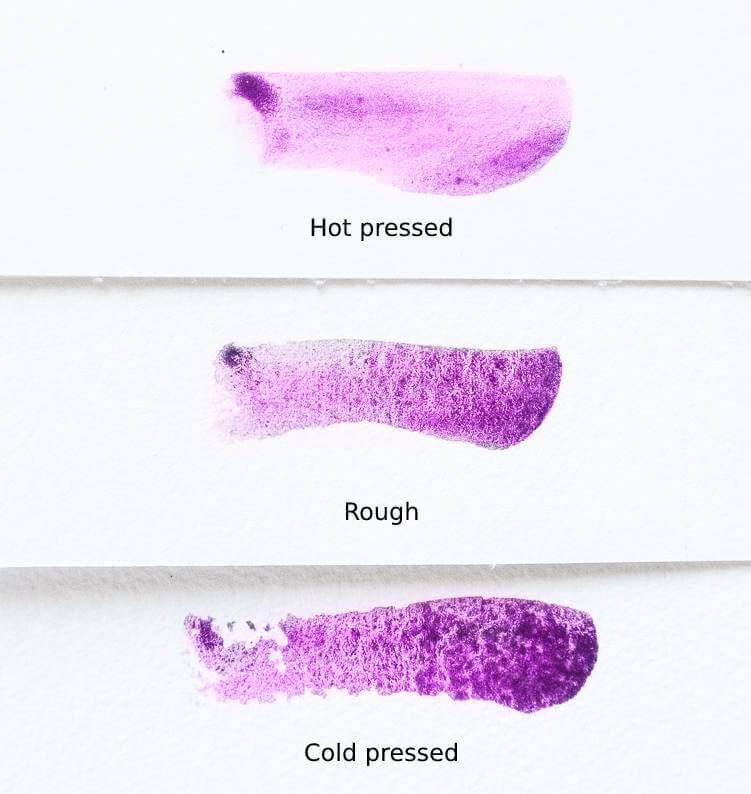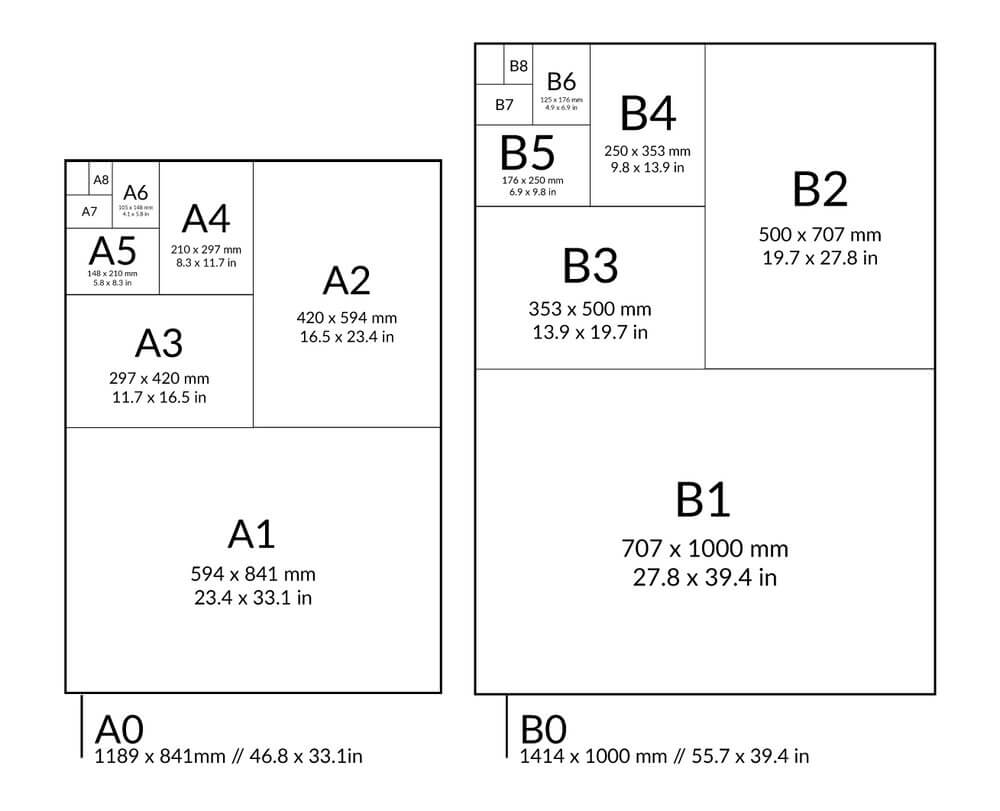Watercolor is a beautiful medium that requires a specific type of paper to achieve optimal results. Choosing the right watercolor paper size can have a significant impact on the final outcome of your artwork. In this article, we will explore the different watercolor paper sizes, their characteristics, and which size is best suited for your artistic needs.
Watercolor painting is a popular art form that involves painting with water-soluble pigments on a special type of paper. The choice of paper is just as important as the paint and brushes, as it can affect the overall quality and appearance of the painting. There are many different types of watercolor paper, each with its unique texture, weight, and sizing. In this article, we will focus on watercolor paper sizes and how to choose the right one for your artwork.

What is Watercolor Paper?
Watercolor paper is specially designed to absorb water and hold pigment, allowing for the creation of beautiful watercolor paintings. Unlike regular paper, watercolor paper is typically made of cotton or cellulose fibers, which are more durable and absorbent.
It also comes in a variety of textures, such as;
- rough
- cold-pressed
- hot-pressed

each of which creates a different effect on the paint.
Watercolor Paper Sizes
The choice of paper is just as important as the paint and brushes,

Watercolor paper comes in a range of sizes, from small sketchbooks to large sheets. The size you choose will depend on the subject matter, painting style, and personal preference. Here are the most common watercolor paper sizes.
Small Sizes
Small watercolor paper sizes are ideal for quick sketches, studies, and travel painting. They are lightweight and portable, making them easy to carry around. Some of the most common small watercolor paper sizes include:
- A5 5.8 x 8.3 inches (14 cm x 21 cm)
- 5″ x 7″ (12.7 cm x 17.78 cm)
- 6″ x 9″ (15.24 cm x 22.86 cm)
- 8″ x 10″ (20.32 cm x 25.4 cm)
- 9″ x 12″ (22.86 cm x 30.48 cm)
Medium Sizes
Medium-sized watercolor paper is versatile and can be used for a variety of painting styles and subjects. They are slightly larger than small sizes, but still manageable in terms of handling and storage. Some common medium-sized watercolor paper sizes include:
- 11″ x 14″ (27.94 cm x 35.56 cm)
- 12″ x 16″ (30.48 cm x 40.64 cm)
- 14″ x 20″ (35.56 cm x 50.8 cm)
- A4 (8.3″ x 11.7″ or 21 cm x 29.7 cm)
Large Sizes
Large watercolor paper sizes are best suited for larger paintings and more complex subjects. They offer more surface area to work with and allow for more details and finer brushwork. However, they can be more challenging to handle and store due to their size. Some common large watercolor paper sizes include:
- 18″ x 24″ (45.72 cm x 60.96 cm)
- 22″ x 30″ (55.88 cm x 76.2 cm)
- 24″ x 36″ (60.96 cm x 91.44 cm)
- A2 (16.5″ x 23.4″ or 42 cm x 59.4 cm)
Which Size to Choose
Choosing the right watercolor paper size depends on several factors, including the subject matter, painting style, and personal preference. For example, if you are painting a small object or a quick sketch, a small or medium-sized piece of paper may suffice. On the other hand, if you are painting a landscape or a complex scene, a larger paper may be necessary to capture all the details. It’s important to consider the final size of the painting as well, as the paper size will determine the size of the finished artwork.
Did you know: You can make your own paper from recycling other paper
Factors to Consider
When choosing a watercolor paper size, there are several factors to consider to ensure that you choose the right size for your artistic needs.
Subject Matter
The subject matter of your painting can influence the size of the paper you choose. For example, if you are painting a portrait or a still life, a smaller paper size may be sufficient. However, if you are painting a landscape or a cityscape, a larger paper size may be necessary to capture all the details.
Painting Style
Your painting style can also influence the paper size you choose. If you tend to use larger brushstrokes and prefer loose, expressive painting, a larger paper size may be more appropriate. On the other hand, if you prefer to work in a more controlled manner with finer brushstrokes, a smaller paper size may be sufficient.
Time Constraints
Your available time to complete the painting can also influence the paper size you choose. If you have a limited amount of time to complete the painting, a smaller paper size may be more manageable. However, if you have more time and want to create a more detailed and intricate painting, a larger paper size may be more suitable.
Budget
The cost of the paper can also be a factor in choosing the size. Larger paper sizes tend to be more expensive than smaller sizes, so if you are on a tight budget, a smaller paper size may be more affordable.
Popular Watercolor paper brands
- Arches Watercolor paper (Editor’s choice) – Arches watercolor paper is made from 100% cotton, which gives it a unique texture and allows it to absorb water and pigment well. The paper is also acid-free, which helps to ensure its longevity and prevent it from yellowing over time.
- Winsor & Newton – A well-known and respected brand in the art world, Winsor & Newton produces high-quality watercolors with a wide range of colors and pigments.
- Daniel Smith – Daniel Smith is known for its unique and innovative pigments, including some rare and unusual colors that are hard to find elsewhere.
- Schmincke – Schmincke watercolors are known for their high pigment concentration and excellent lightfastness. They offer a wide range of colors and are popular among professional artists.
- Sennelier – Sennelier has been producing high-quality watercolors for over 125 years. Their watercolors are known for their vibrancy and brilliance, as well as their lightfastness and durability.
- M. Graham – M. Graham is a newer brand but has quickly gained popularity among artists for its high-quality pigments and excellent performance. Their watercolors are made with honey, which gives them a unique texture and helps to prevent them from drying out.
Conclusion
For me, the right watercolor paper size is an important part of the artistic process. By considering the subject matter, painting style, time constraints, and budget, you can select a size that will help you create the best possible artwork. Also consider getting yourself a watercolor portfolio to ensure you protect and store your final art in a professional way.
Others also read; Paint Canvas Sizes



